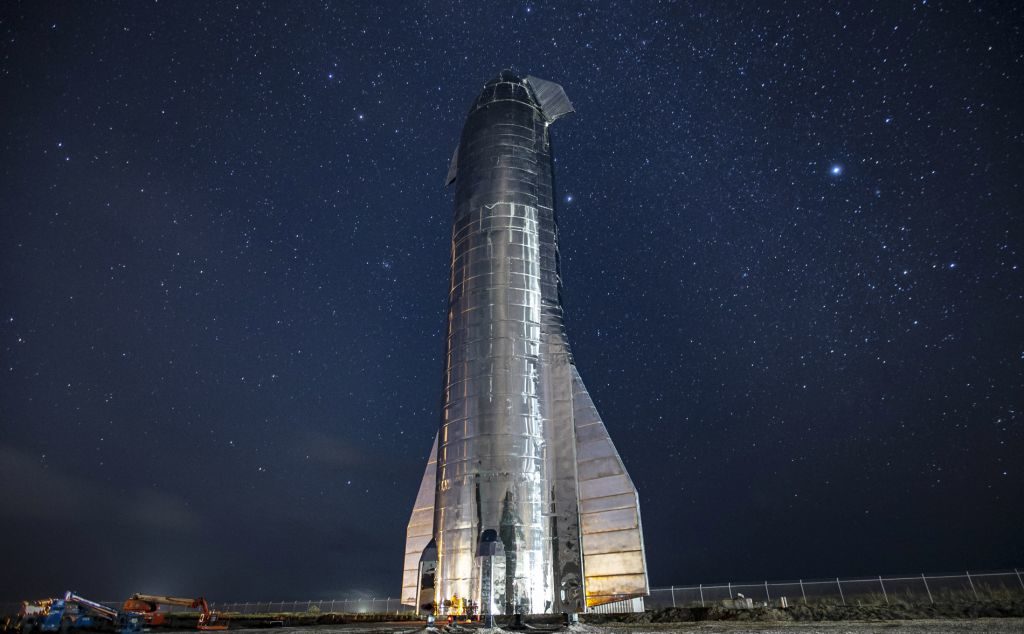Elon Musk’s desire to conquer space and Mars has now come into a new phase, maybe the last one. Last day at the occasion of an annual update about superheavy and Starship, Elon Musk revised his vision to colonize Mars. This event featured the 165 foot tall (~50 meters) starship MK1- the first full-size starship prototype, whose assembly was just completed just some days before this ceremony. Moreover, he shared his plan there that he aims to put this new Starship in orbit within the coming six months.
According to SpaceX CEO, the starship MK1 has a cargo capacity of 100-metric tons, which is way more than 220,000 lbs. It has the feature of orbital refueling that will enable it to take its freight and passenger to the Moon, Mars, and even beyond. The Starship having a diameter of 30 feet and have a propulsive capacity of 1,200 metric tons of fluid methane and liquid oxygen. Embedding Payload and crew depending on configuration will house the top third of the rocket. On the other hand, the bottom two-thirds will manage the fuel and six Raptor engines, including three for atmospheric flight and three for propulsion in space. At the top of the rocket, two actuated fins will flight to orient the rocket for re-entry and landing. At the bottom, two large fins will also produce drag, necessary for its controlled descent. Starship will be made of stainless steel, and one half of its surface will be layered in glass tiles to take the burst of the heat upon atmospheric entry. SpaceX observes that Starship is used to deliver satellites at “a lower marginal cost per launch” compared to its first installment Falcon and that the design of its large cargo compartment will provide the massive potential cargo fairing of any current planned space freight vehicle.
It’s also designed to continue to serve the International Space Station with cargo resupply and would be able to transport a lot more cargo in one round than the current Dragon capsules SpaceX uses. It’s also intended to send people to the Moon and other planets and to return for multiple expeditions.
SpaceX also provided updated specifications for the Raptor engine that will empower the Starship system. Each Raptor will be 4 feet in diameter, 10.2 feet high and have a thrust capability of 2 MN.
The Starship made of stainless steel – giving SpaceX considerable energy and cost-saving over more traditional carbon fiber. This vehicle has a mammoth lifting capability of more than 100 tons, greater than any lifting vehicle in history. Musk added,
“This Starship is going to take off, fly to 65,000 feet, about 20 kilometers, and come back and land in about one to two months,… It is really gonna be pretty epic to see that thing take off and come back.”
Beyond the hype, another fact is that SpaceX still has tons of work to do to get this Starship flying on such a short timeline. The Starship prototype makes an impactful and impressive visual sight on the ground. It’ll be even more worth appreciative when it finally takes cargo & people to the sky and beyond.
Featured image: Getty


